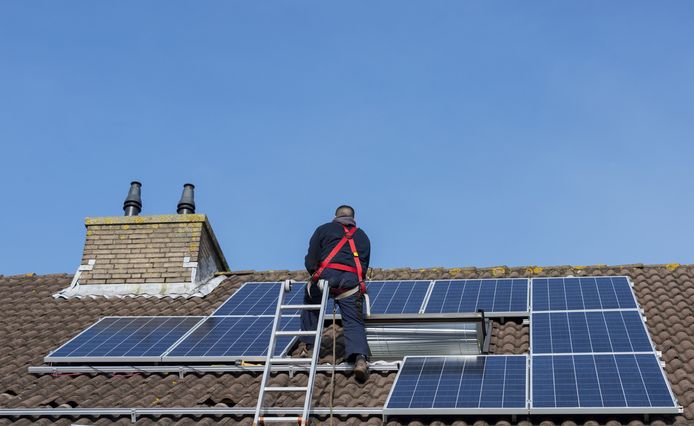on
Astronomy
- Get link
- X
- Other Apps
 |
| © Shutterstock |
The end of the rolling back counter creates even more inequality in the energy market. In addition to the discounts from energy suppliers, the injection rates are now also a reason why your energy bill can be a lot more expensive than that of your neighbor. highlights the size of the price differences.
Since 1 March, the counter of owners of solar panels with a digital meter no longer reverts virtually. For all other prosumers, the curtain will fall on the revolving counter by 2025 at the latest. They will therefore irrevocably fall under the new tariff regulation, which is aimed at maximum self-consumption. You then pay for the energy that you purchase from the grid. The energy that your solar panels generate, but that you do not use at the same time, can then be injected back into the electricity grid. Your energy supplier will reward you with an injection rate for this.
On 7 March, we checked the effect of the new tariff regulation on the energy market via comparison site Mijnenergie.be . We used the consumption data that the Flemish energy regulator VREG recently used in a report on feed-in contracts.
With an average annual consumption of 3,500 kWh of a customer without solar panels, the cheapest annual rate was 726.89 euros, compared to 990.09 euros for the most expensive offer on the market.
The difference: 263.2 euros or 36.21%.
For solar panels and a digital meter, if we assume the profile of an average household prosumer with an electricity consumption of 2,284 kWh and an electricity injection of 2162 kWh, you will pay 375.40 euros at the cheapest supplier and 586.94 euros for the most expensive.
The difference: 211.54 euros or 63.96%.
On the consumption side, there has been a large gap between the cheapest and the most expensive contract on the market for some time now. This is partly due to the discounts with which some suppliers win over new customers.
Now there are also the differences on the injection side. Where one supplier pays 2.75 cents per kWh, the other provides a fee of more than 5 cents. As a result of the sum of the differences on the consumption side and those on the injection side, the price range on the energy market rises even higher.
Please note that the price for electricity that you purchase is in principle always higher than that for the electricity that you sell. The effect on the consumption side therefore generally weighs more heavily than on the injection side. Moreover, anyone who offers a competitively priced feed-in contract does not necessarily come up with a cheap purchase contract. Owners of solar panels and a digital meter therefore always need to include both factors in a price comparison.
Comments
Post a Comment